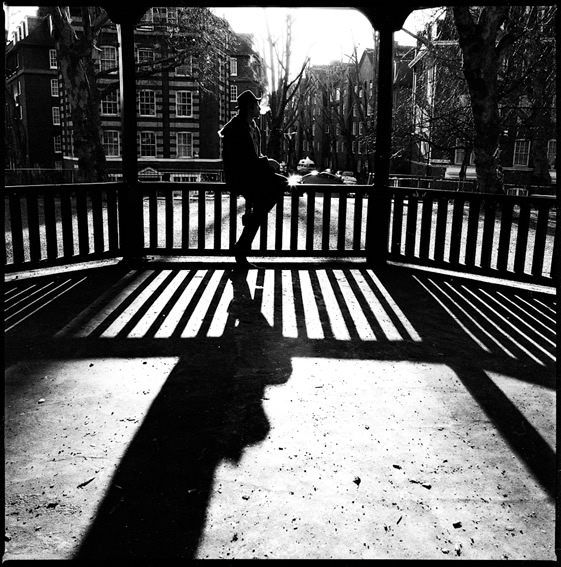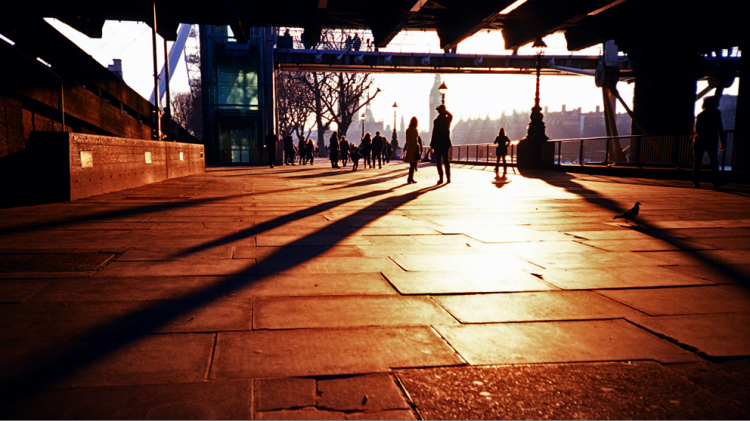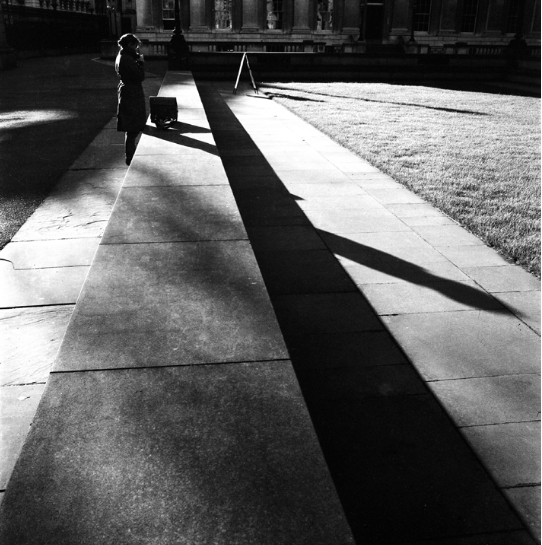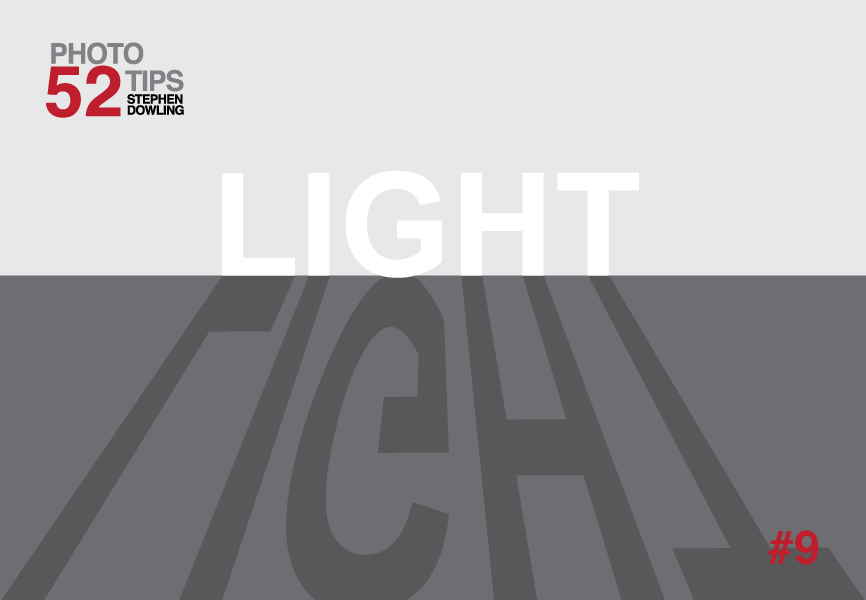
Most photographers end up shooting the majority of their pics in bright sunlight. No great mystery there – we have our cameras with us when we’re on holiday or out on bright, sunny days. Photography needs light, and these conditions present us with a feast.
But it’s not the best light for photography. Hard, overhead summer sun creates deep black shadows – great, perhaps, if you’re shooting a colourful street scene, but ugly if you’re attempting portraits; the overhead sun creates hard blacks even under eye sockets.
Pro photographers almost never shoot in these conditions unless they can do so in open shade. Instead, they get up early or wait until the sun starts sinking. You should try doing the same.
Early morning and late afternoon sunlight is a much richer source of light. As the sun rises or sinks, its light has to pass through more of the Earth’s atmosphere. That means there’s a lot more dust and haze to get in the way. This refraction results in much warmer light, which gives off mired and gold times compared to the harder, bluer light of noon. The position of the sun also lengthens shadows and the angles accentuates texture.
The benefits of shooting in such light also extends to digital, but for film photographers this lighting really adds extra depth to colour film, in particular colour negative.

Faster films, like Fuji Superia 400 or Kodak Tri-X, bring atmospheric grain, as well as accentuating grain.
The best hours to shoot change depending on where you are and what season it is. But in summer, a good rule of thumb is to avoid that hard light around midday – if you’re determined to shoot between 11am and 3pm, do it in open shade rather than out in the full light.
Out in the morning, the light develops, so 100 or 200 speed film is fine… But in the evening having a roll of 400 ISO film might be a good idea, especially if you’re handholding. It might make all the difference in capturing the last of that rich, red light.








